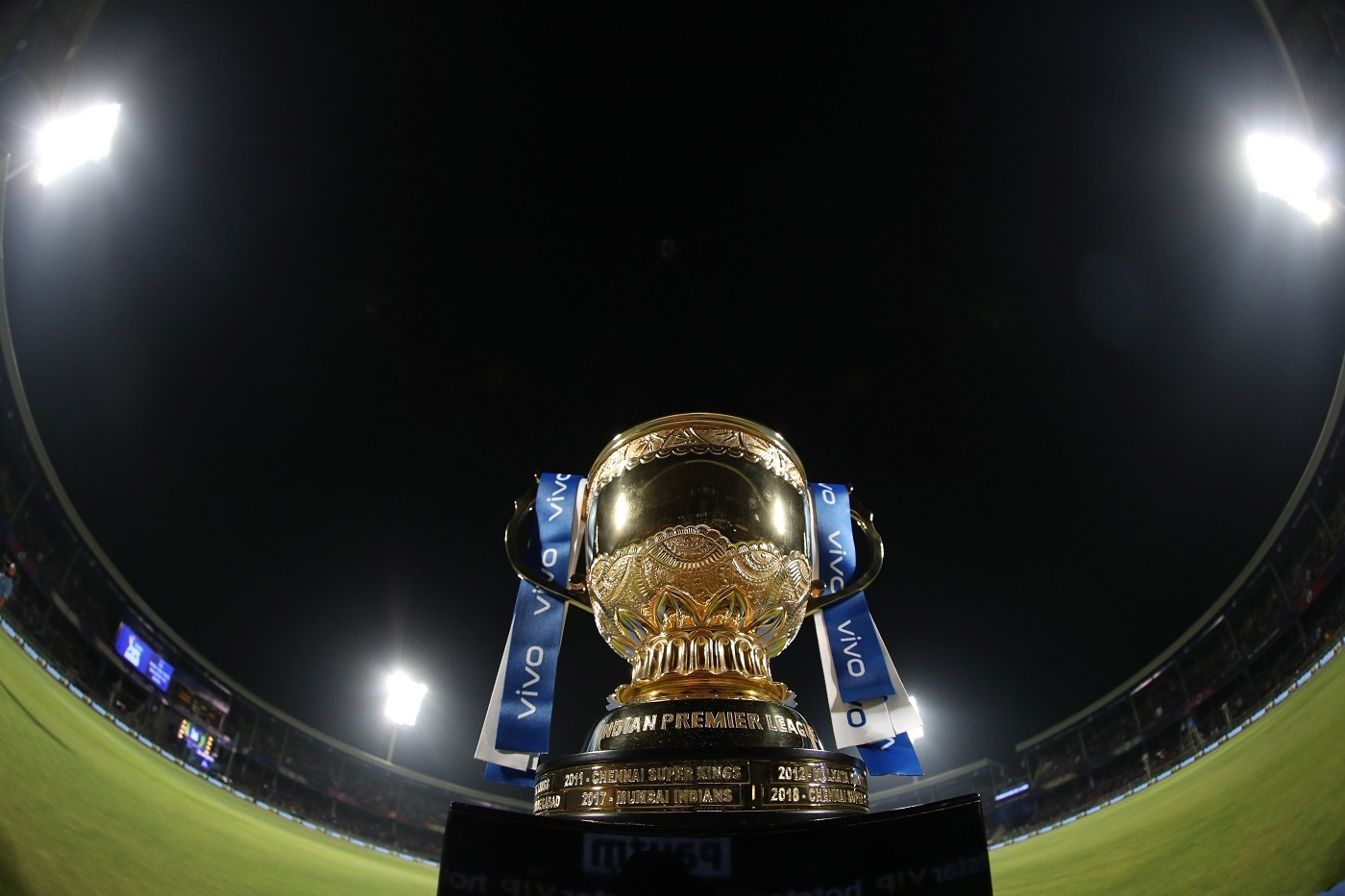How BCCI turned the ‘safe’ bio-bubble into a nervous test of its own
Eight teams, six venues and one country formed the crux of the 2021 IPL action, after a successful 2020 edition of the tournament in the Middle East. But after 24 days of action, the curtains were down and the ‘safe’ bio-bubble suddenly turned into anxious nights for the cricketers.

Venues
What happened in IPL 2020?
IPL 2020 was hosted across three venues - Dubai, Abu Dhabi and Sharjah - with all the teams travelling by road to the venues for their respective encounters, without any sort of contact with the outside world.
How it went wrong in 2021?
In 2021, the BCCI and the IPL Governing Council decided to host the games across six cities - Ahmedabad, Bengaluru, Chennai, Delhi, Kolkata and Mumbai. Six cities that were red-zones in the country, six cities where the spread of the virus was imminently strong.
While the teams travelled on roads in 2020, here they travelled on charter flights but upon arrival had to go through the procedure with the outside world. The first case that emerged from the travel - Kiran More, Mumbai’s coaching staff, caught the virus before the team’s first clash in Chennai.
Not just that, RCB’s all-rounder Daniel Sams, who came from COVID-free Australia had contracted the virus upon arrival in India, which showed that any bit of contact with the outside world was as deadly.
Quarantine rules
What happened in IPL 2020?
Before and post-entering the bubble, the BCCI have clearly mandated that serving a hard week-long period inside the team hotel and clearing mandatory tests before starting to train are prerequisites. In case of a positive or any asymptomatic, the isolation period goes on from seven-ten days before multiple negatives would allow the individual to re-enter the bubble.
How it went wrong in 2021?
Multiple levels - at the venue, before the tournament began and during the tournament.
Before the tournament - Ten days before the start of the tournament, several franchises had already arrived at their respective venues for the first phase of the tournament. However, infections in three camps - KKR, DC and RCB - had forced them to isolate themselves. Nitish Rana was tested positive and then negative, which cleared him to join the squad.
On the other hand, Axar Patel, who caught the virus after joining the bubble had to isolate himself before re-entering the bubble. However, RCB’s Devdutt Padikkal, who reportedly caught the virus back home, isolated at home for ten days before reportedly being allowed directly to join the bubble via travel from Bangalore to Chennai, in a private vehicle. Several franchises objected to it but nothing prevailed.
Hard-quarantine rules - Now this is the part where it gets tricky. Kiran More tested positive and by then was already part of Mumbai’s bio-bubble. As per the bio-bubble protocols that they followed in the first week of May, the entire franchise had to go under a hard quarantine after being in touch with More, who tested positive. However, Mumbai Indians were allowed to practise and only several tests later took the field in Chennai without a hard quarantine.
Come May, after two positive cases in the bio-bubble, the entire KKR squad had to go into isolation, alongside Delhi Capitals, who they faced in the tournament in the same week. Now different rules for different situations, so where really is the consistency in the hard quarantine rule? CSK too similarly had to undergo a similar treatment, having to enter into isolation after cases in the camp, which wasn’t too different from More and the Mumbai Indians.
The bubble - In the 2020 edition of the IPL, BCCI had hired an IT and safety company from the United Kingdom, Restrata, who took care of the entire bio-bubble and the proceedings inside it. However, this time around, if reports are to be believed, the BCCI didn’t have any of them inside the bubble.
At the venue - Even before the start of the tournament, several cases of COVID at the Wankhede stadium amidst the ground staff caused a rather distress and widespread confusion. But why? If the BCCI had indeed put them under the biosecure bubble, how and where would they have got the virus from? While MCA did find replacements and the matches were hosted at the venue, where was the iota of safety in that bio-bubble that could have easily spread the virus into the playing camps?
Hotels
What happened in IPL 2020?
The eight franchises, including the support staff, were put into bio-bubbles across the Middle East, in different hotels, where they had to abide by the regulations. The regulations included movement trackers, bubble-integrity manager and protocols, that prevented contact with the outside world.
How it went wrong in IPL 2021?
According to several reports, the BCCI had indeed made a major blunder here, booking hotels not proximate to the franchise’s respective venues. In addition, reports also pointed out how the hotel staff, management had not quarantined for 14 days before they were in contact with the players, putting their lives at immense risk. It also suggested that a franchise stayed in a hotel, inside a mall, which once again puts them at considerable risk.
Faulty movement trackers - In the 2020 edition of the IPL, several franchises posted photos of their players, with an electronic device around their neck - a movement tracker, in simple words. The GPS device tracked the movement of the players and also alerted them if they had stepped outside the bubble and alerted the league, which then took necessary action against the player or the franchise.
But in 2021, the apparent movement tracker was found faulty, with the GPS device not working/faulty. Some reports even suggested that the franchises never got any sort of movement trackers in the season at all, in India.

Comments
Sign up or log in to your account to leave comments and reactions
0 Comments